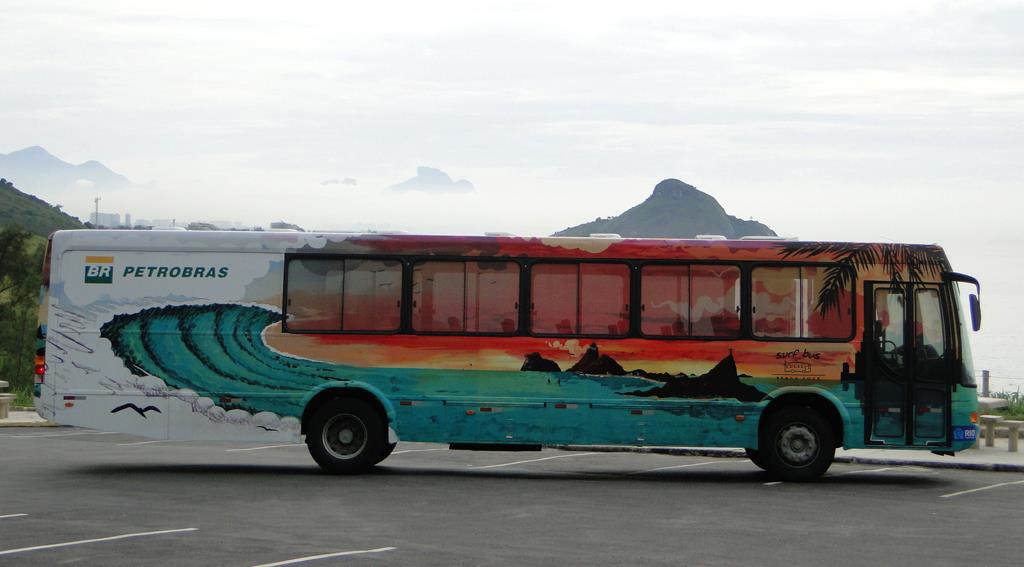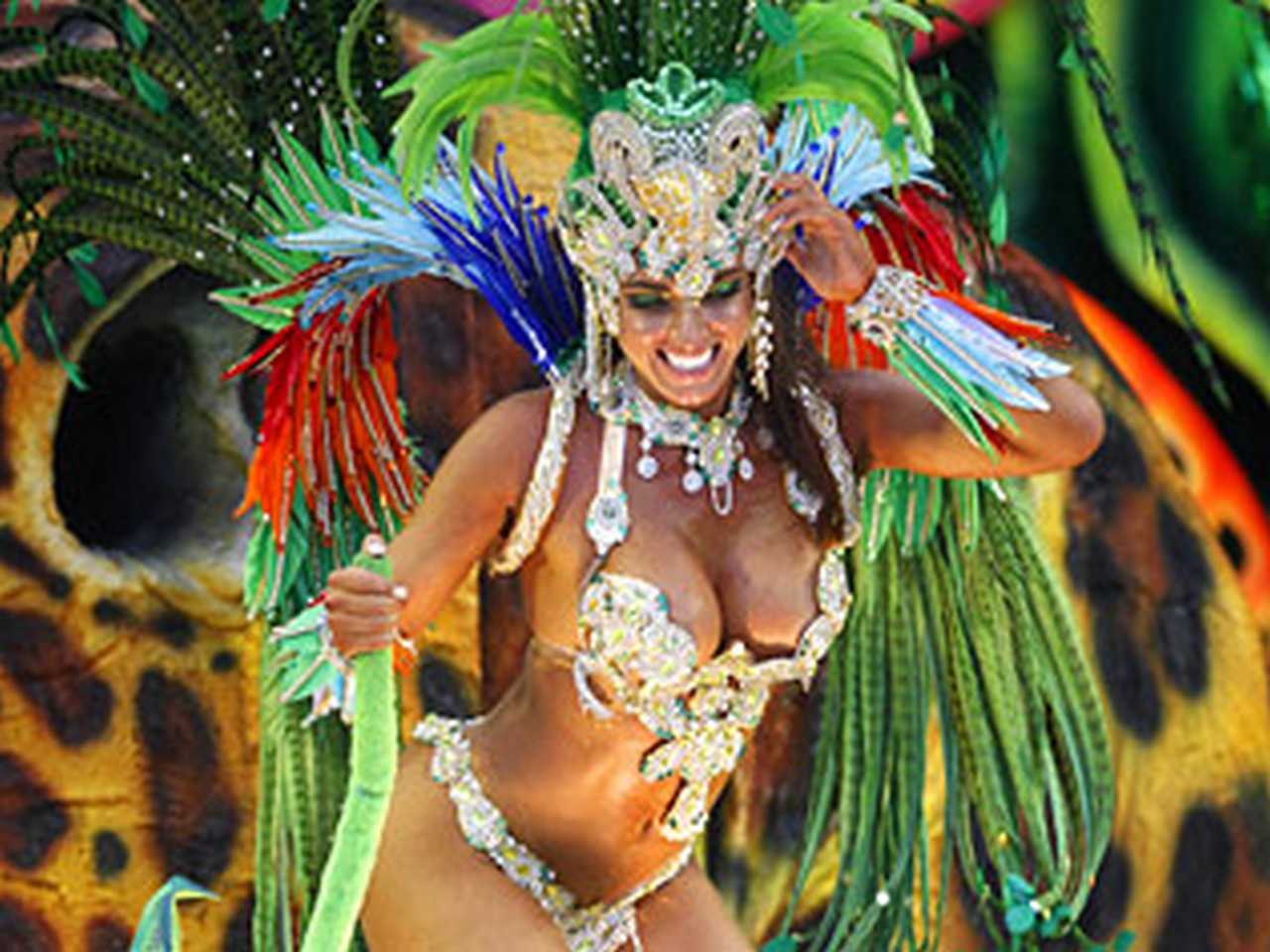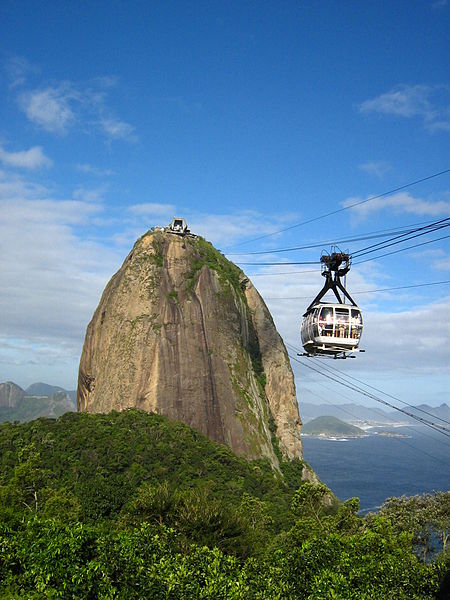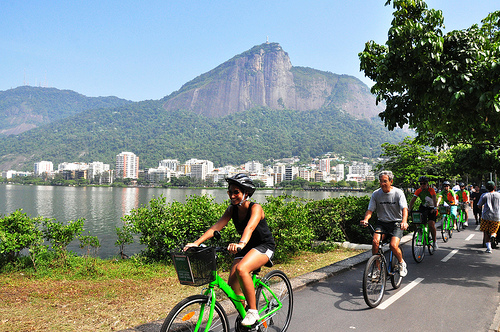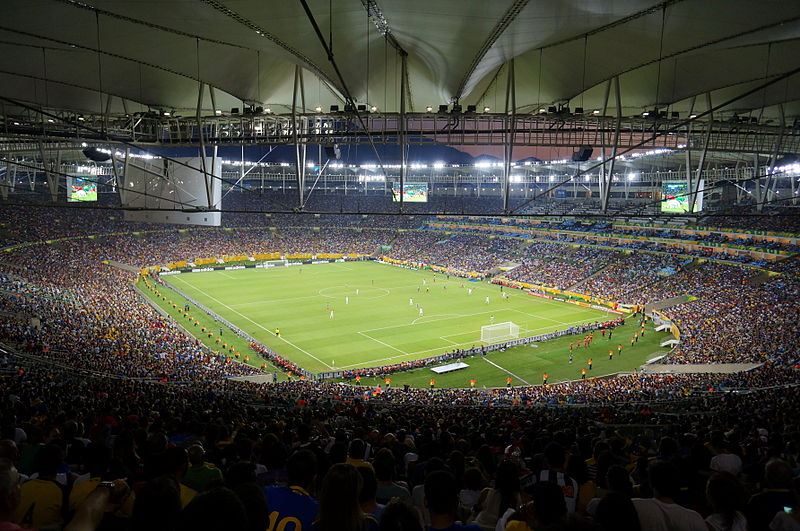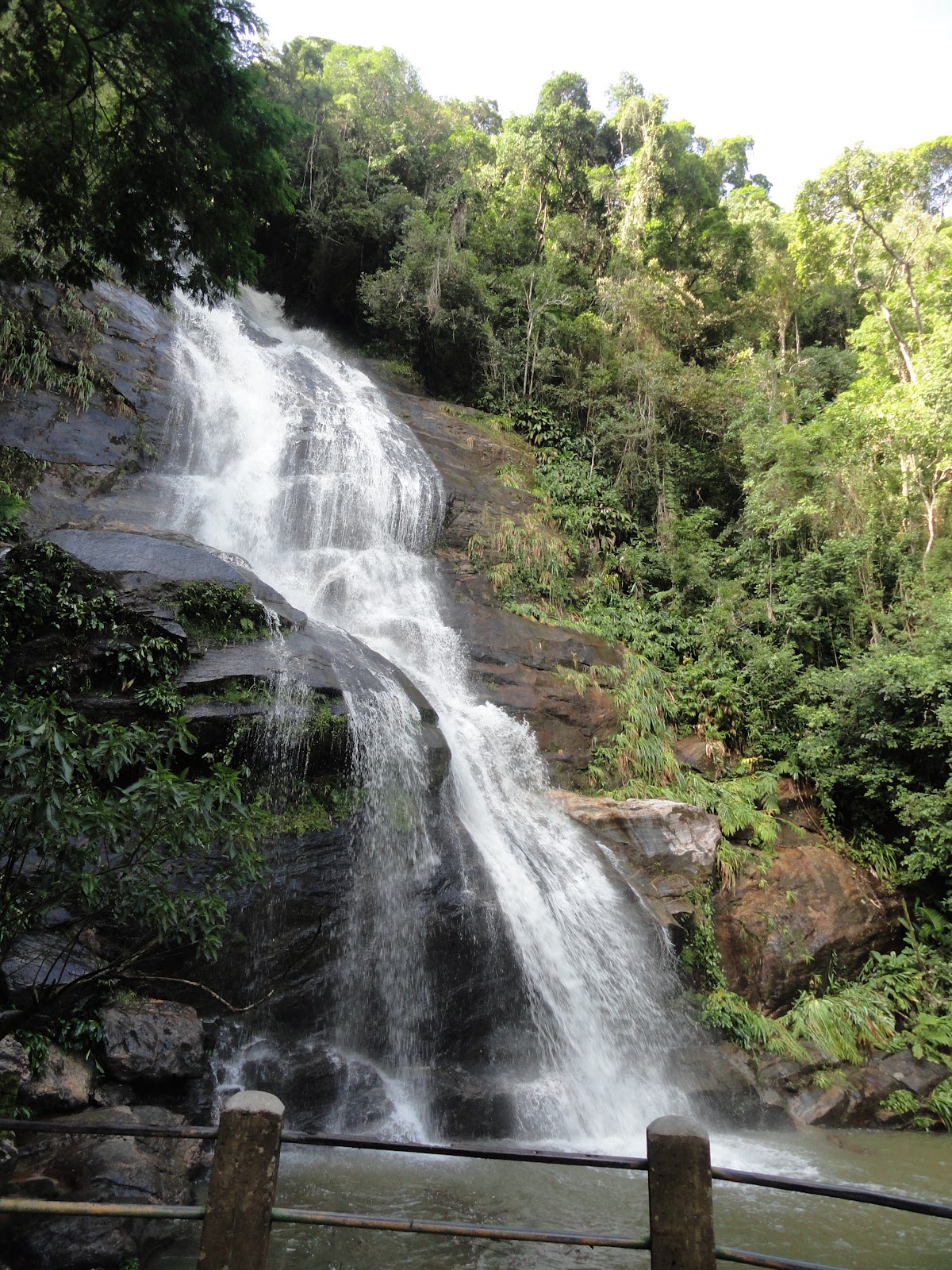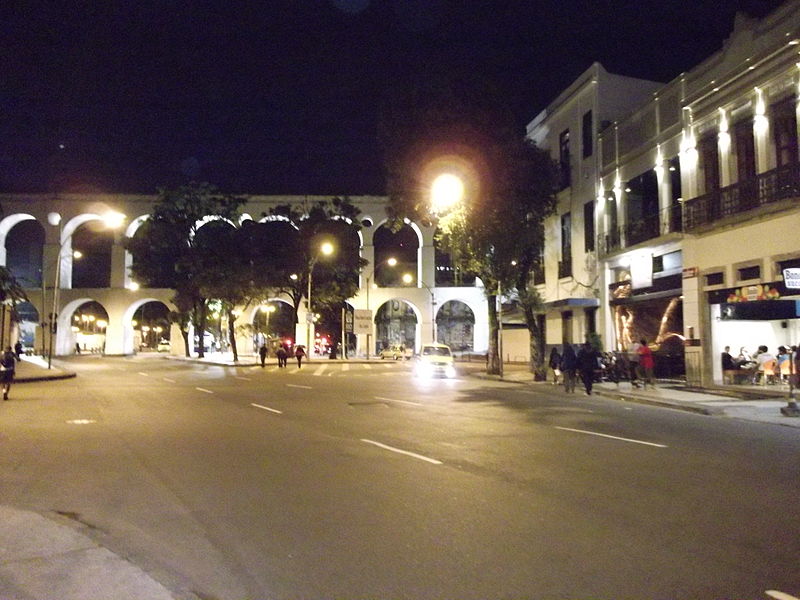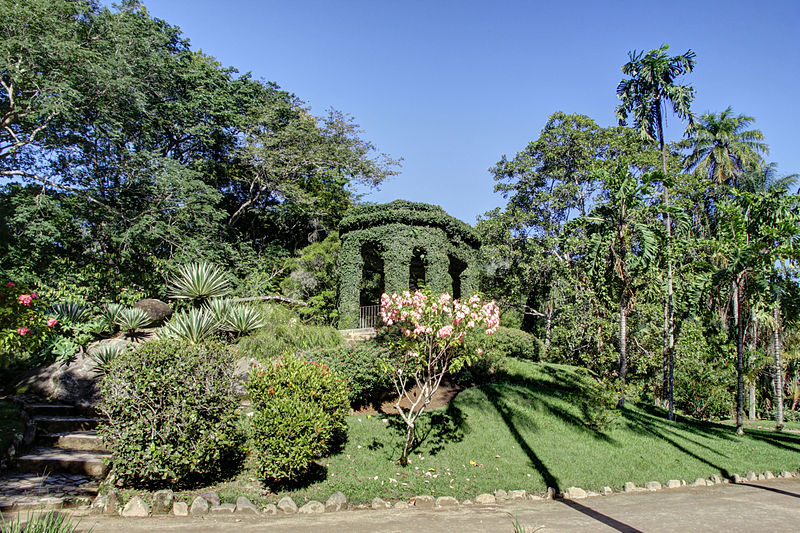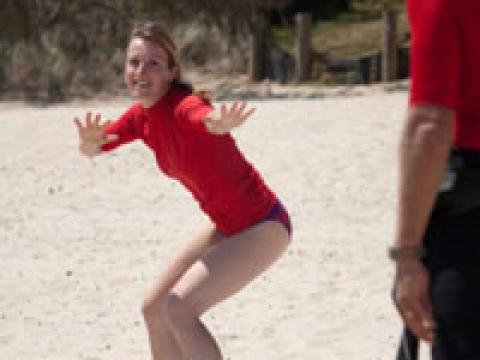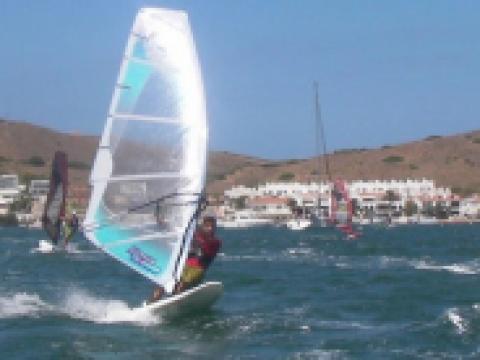Location
The Surf Bus
Location
Copacabana and Ipanema are great but sometimes you might want to see the more remote beaches and escape from the crowds. If you don´t have an own car, there´s a pretty great & cheap way to do it, the Surf Bus! The bus starts at the Largo do Machado and makes its way down to Botafogo, Copacabana, Ipanema, and Leblon Beaches. The bus continues down the coast and drops riders at several beaches including, Sao Conrado, Barra da Tijuca, Recreio, Macumba, and Prainha. The bus does not go as far as Grumari Beach, as buses are not allowed in the environmentally protected area. However, it is a short walk from Prainha.
Rio Carnival
Location
If you happen to be in Rio during the carnival, missing it is no option. Rio Carnival is a wild 5 days celebration, taking place every year 40 days before Easter from Friday to Tuesday. It usually happens in February, the hottest month in the Southern Hemisphere, when the Rio summer is at its peak. The typical Rio carnival parade is filled with revelers, floats and adornments from numerous samba schools which are located in Rio. The event is considered the biggest carnival in the world with two million people per day on the streets.
Sugarloaf Mountain
Location
Standing high above Rio's bustling metropolis at 396 meters, Sugar Loaf Mountain cascades over the picturesque Guanabara Bay. It consists of monolithic granite and quartz and is only one of the many peaks that rise straight from the water's edge around Rio de Janeiro. The scene from the top is dazzling, with views from the beaches of the Zona Sul to the jagged Two Brothers peaks and the city. We recommend to come on a clear day and to avoid crowds the safest bet is to come early. The crowds peak here between 10 a.m. to 3 p.m. If early is too early for you, the views at the top are breathtaking also at sunset.
Cristo Redentor
Location
Cristo Redentor, A symbol of Brazilian Christianity is considered the largest Art Deco statue in the world. This 38 metres tall statue of Jesus Christ stands with arms outstretched to the city from above Corcovado mountain's staggering 700-metre elevation.
No trip to Rio is complete without a journey to this high-flying landmark, also widely recognized as one of the Seven Wonders of the World. The views from on top of Corcovado to the city in south and east are dazzling and so it´s good to wait for a clear day to come here.
The statue was constructed between 1922 and 1931 as a tribute that celebrates the Centenary of Brazilian Independence.
Lagoa Rodrigo de Freitas
Location
Lagoa Rodrigo de Freitas is one of the most picturesque places in the city. The lake is encircled by a 7.2km walking/cycling path and the area offers a variety of possibilities for active people: jogging, cycling, horseback riding, roller-skating, volleyball, basketball, soccer, tennis, nautical sports, gyms etc. Bikes are available for hire (R$10 per hour) from stands along the east side of the lake, as are paddle boats (R$20 per half hour). There are also several parks around the lake where you can take a break from the city. The lakeside kiosks on either side of the lake offer alfresco food and drinks, sometimes accompanied by live music on warm nights.
Maracanã Stadium
Location
Maracana Stadium (Estádio do Maracanã) is one of the most iconic soccer temples in the world, originally built to serve as the flagship venue for the 1950 World Cup. In the 1950 world cups final game the paid attendance at the stadium was an overwhelming 199,854. Today the stadium seats 78,838 spectators making it still the largest stadium in South America. Since the 1959 world cup, the stadium has been mainly used for football matches of the major football clubs in Rio de Janeiro, including Flamengo, Fluminense, Botafogo, and Vasco da Gama. If you are not lucky enough to make it to a football game, you can also attend a guided tour that takes place several times a day.
Tijuca National Park
Location
The mountainous Tijuca National Park is claimed to be largest urban rainforest in the world. It is home to 30 waterfalls, hundreds of plants and trees and hundreds of species of plants and wildlife, many threatened by extinction. Imagine that in colonial times (17th century) the forest was all cut down for coffee and sugar plantations. However in the second half of the 19th century over 100,000 trees were replanted and slowly the forest was reborn! So the forest you see today is 100% handplanted. The highest point of the forest is Tijuca Peak that reaches 3,300 feet (1022 meters).
Copacabana Beach
Location
This world famous beach in Rio de Janeiro is 4km long with a flurry of activity always stretching along its length.
At Copacabana, each group stakes out their stretch of sand. Older residents and favela kids stay at Leme while soccer and soccer volleyball players hold court near Rua Santa Clara. The beach next to the Forte de Copacabana is the fishermen's community beach where you can also buy the fresh catch of the day in the morning. They gay community gather s in the area between the Copacabana Palace Hotel and Rua Fernando Mendes.
Even though the beach is lit, it might not be a good idea to walk there after dark. It is safer to stay on the hotel side of Av Atlântica.
Ipanema Beach
Location
The other of the two world famous beaches in Rio. Ipanema has however slightly cleaner sands than Copacabana.
Two mountains called the private://Dois Irmãosprivate:// (Two Brothers) rise at the western end of the beach. The beach is divided into segments by marks known as private://postosprivate:// (lifeguard towers). Different groups of people occupy different segments like in Copacabana. Beer is sold everywhere on the beach along with the traditional cachaça. There are always circles of people playing football, volleyball, and footvolley, a combination sport of volleyball and football originated in Brazil.
Grumari Beach
Location
Grumari is a great retreat from the crowds of Ipanema and Copacabana. Located in an environmentally protected area and surrounded by a rocky, wild coastline with beautiful flora and fauna, it is a clean and pristine piece nature not very far from downtown Rio. The waves at Grumari might be strong at times, making it good for surfing. However Grumari isn’t as popular among surfers as the neighbouring beach, Prainha. You won´t find many beachfront restaurants, luxurious hotels, or plentiful kiosks here. During weekdays the beach is still pretty deserted. On the weekends however it is better to prepare for some crowds as that is when the sun-seekers flock here.
Lapa
Location
Lapa is one of the most lively neighbourhoods in Rio and known for its active cultural life. It is famous for the many restaurants, bars, clubs and live music venues where the various forms of Brazilian music is well present. The festive side of the neighborhood ignites at night, when the locals gather together to celebrate the samba, forró, MPB, electronic music, rock and much more. Lapa is the place to see how Rio parties. The most famous bar in Lapa and maybe even in whole Rio is the Rio Scenarium, definetely something you want to check out.
Jardim Botânico
Location
This exotic botanical garden is one of the great tropical botanical gardens in the world. It has over 6,500 species from Brazilian and foreign flora distributed throughout an area of 54 hectares. The garden was founded already in 1808 by King John VI of Portugal. The entrance to the garden is an impressing 750 m line of 134 palms called the Avenue of Royal Palms. These palms all descended from a single tree, the Palma Mater, long since destroyed by lightning. Apart from these palms the garden has 900 varieties of palm trees.
Prainha Beach
Location
Prainha Beach is a rather small isolated beach southewest from Rio. It is a surprisingly secluded tropical getaway still within the city's limits. Especially during the weekdays you can enjoy the calm athmosphere with no crowds. In the weekend it gan get more crowded but not unbearably so. Prainha is popular among surfers but as the under current is strong here and the beach is bordered on each side by rocks and high cliffs, it is not the perfect place for a beginners. The sands here are clean, water is clear and the beach is surrounded by rainforest covered slopes, making it a pristine place away from the hubbub.
Bar Urca
Location
Bar Urca has marvelous view to the Guanabara Bay and excellent fish and seafood dishes. The restaurant might be quite full on Fridays Saturdays and Sundays but if you have the change to dine here, we recommend it.
If the restaurant has no tables available it is common to buy your drinks and finger food at the counter on the ground floor, and take them to the low wall by the promenade across the street, where you can also sit and eat. If you eat inside, make sure you have a window view.







